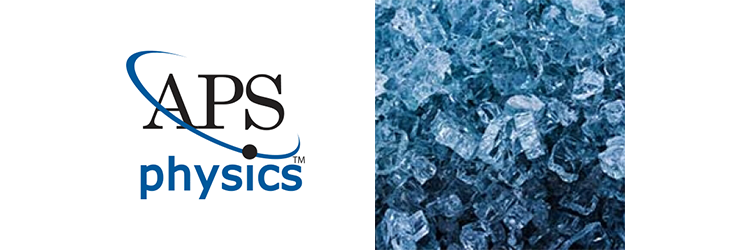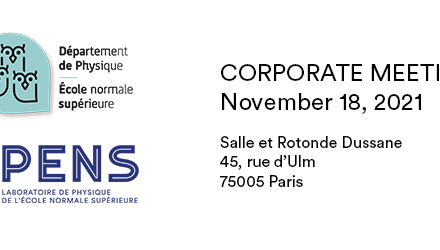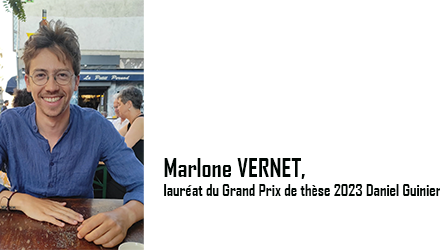
The answer lies in a film of water that is generated by friction, one that is far thinner than expected and much more viscous than usual water through its resemblance to the “snow cones” of crushed ice we drink during the summer. This phenomenon was recently demonstrated by researchers from the LPENS, Micromegas team, with support from the École polytechnique, in a study that appeared in Physical Review X on 2019, November 4.
CNRS press release : http://www.cnrs.fr/en/why-ice-so-slippery
Author affiliation :
Laboratoire de Physique de L’Ecole normale supérieure (LPENS, ENS Paris/CNRS/Sorbonne Université/Université de Paris)
Corresponding author:
Communication contact:














